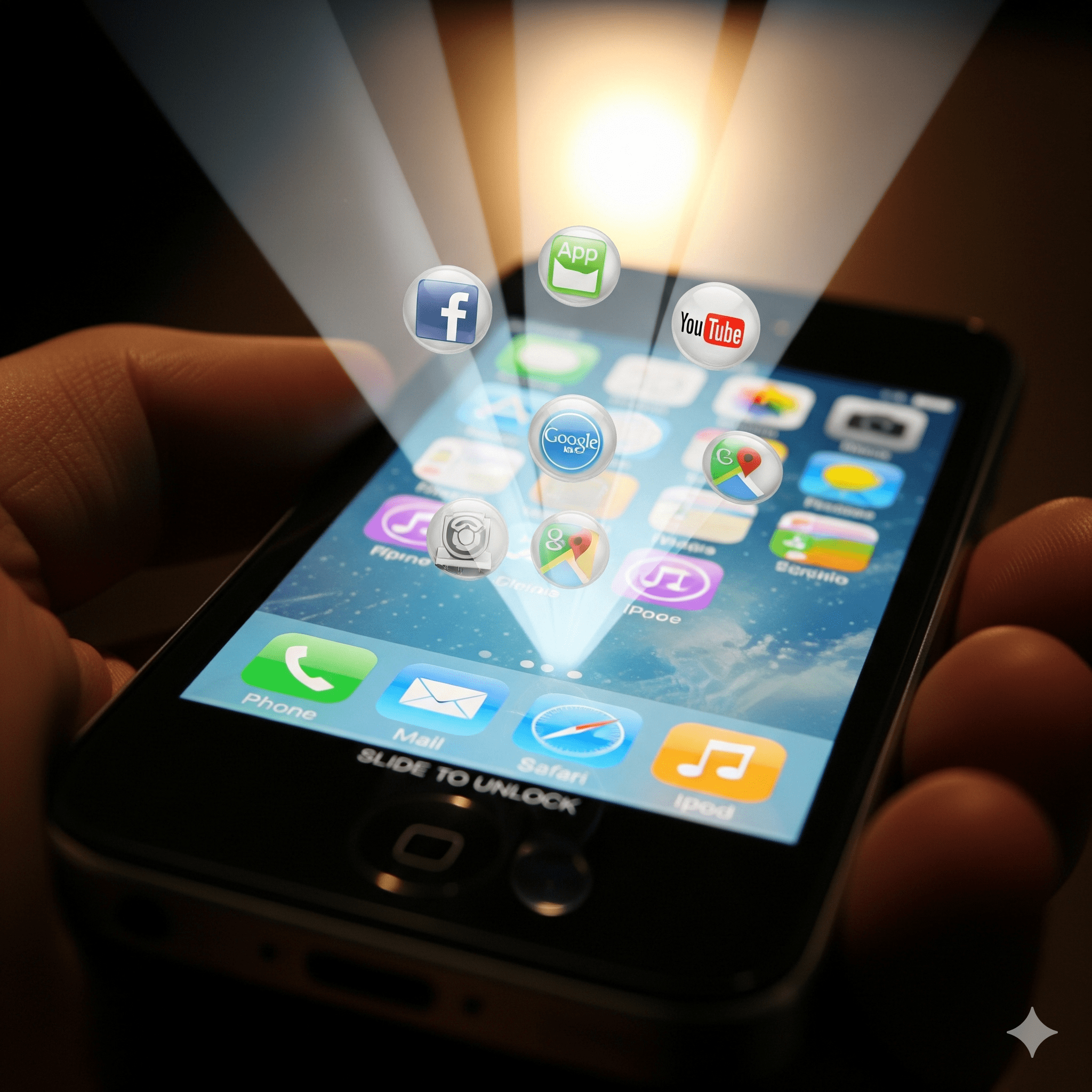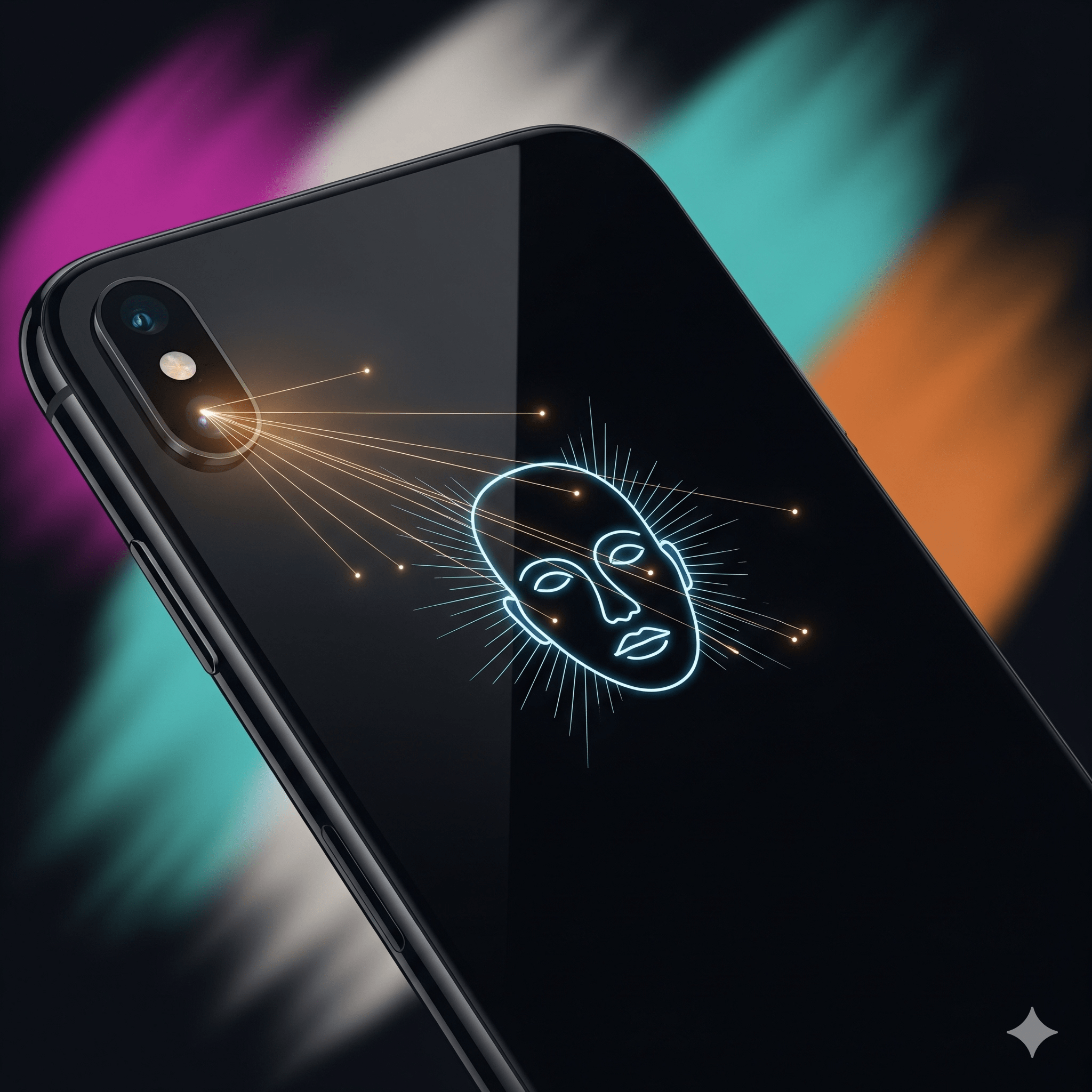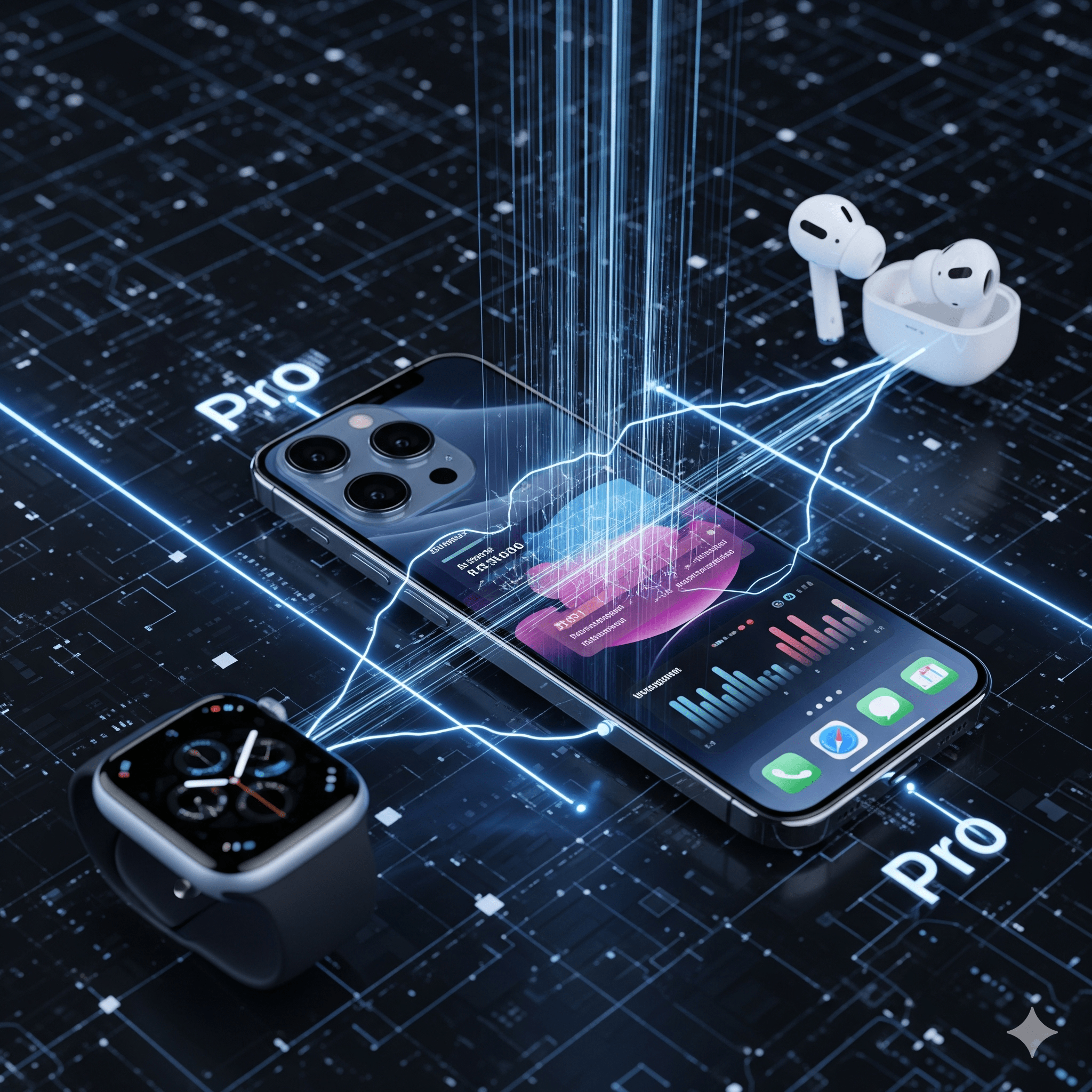In January 2007, Steve Jobs stood on a stage and declared, “Today, Apple is going to reinvent the phone.” Little did the world know just how profoundly those words would resonate. Indeed, what he unveiled was not merely a phone; ultimately, it proved to be a device that would fundamentally reshape how we communicate, work, play, and interact with the world. From that first groundbreaking model to the sleek, powerful devices of today, the evolution of the iPhone is a masterclass in technological innovation, design prowess, and an unwavering commitment to user experience.
The Genesis: A Revolutionary Debut (2007-2009)

The original iPhone, launched in June 2007, was truly a device ahead of its time. It combined three products: “a revolutionary mobile phone, a widescreen iPod with touch controls, and a breakthrough internet communications device.” Perhaps most importantly, its most striking feature was the multi-touch interface, which eliminated the need for a stylus or physical keyboard, allowing users to interact directly with the screen using their fingers. This intuitive interface, combined with the Safari web browser and a full-fledged email client, set a new standard for mobile computing.
The subsequent iPhone 3G (2008) brought faster network speeds and, crucially, the App Store. In effect, this single innovation transformed the iPhone from a powerful device into an infinitely customizable platform, unleashing a wave of creativity and utility from developers worldwide. Subsequently, the iPhone 3GS (2009) refined the experience by introducing improved speed and a video recording camera.
Accelerating Growth and Defining Features (2010-2014)

The early 2010s saw the iPhone solidify its dominance and introduce features that would become industry standards.
iPhone 4 (2010): This was a major redesign, introducing the stunning Retina display (quadrupling the pixel count). Furthermore, it featured a glass back and the first front-facing camera for FaceTime video calls.
iPhone 4S (2011): Building on its predecessor, this model introduced Siri, Apple’s intelligent personal assistant. As a result, it brought voice control to the mainstream.
iPhone 5 (2012): The following year, Apple ushered in a taller, thinner design, along with the faster Lightning connector and 4G LTE connectivity.
iPhone 5S (2013): However, this next model was a landmark for security and user convenience with the introduction of Touch ID fingerprint recognition. Moreover, it included the first 64-bit smartphone processor.
iPhone 6 and 6 Plus (2014): To conclude this era, in response to overwhelming market demand, Apple finally embraced larger screen sizes with the release of the iPhone 6 and 6 Plus.
Check out various iPhone products in the market
Design Evolution and Advanced Capabilities (2015-2018)

As competition grew, Apple continued to push boundaries in camera technology, processing power, and user interaction.
- iPhone 7 and 7 Plus (2016): Removed the headphone jack and introduced the dual-camera system for Portrait Mode.
- iPhone X (2017): A radical redesign for the iPhone’s tenth anniversary. It eliminated the home button, introduced the all-screen OLED display with the “notch,” and debuted Face ID facial recognition.
- iPhone XS, XS Max, and XR (2018): Refined the Face ID and all-screen design, offering various sizes and price points with the powerful A12 Bionic chip.
The Modern Era: Pro Power and Ecosystem Integration (2019-Present)

Recent years have seen Apple focus on professional-grade capabilities, robust ecosystems, and a relentless pursuit of computational excellence.
Check out various iPhone products in the market
- iPhone 11 Series (2019): Introduced the Ultra Wide lens and dramatically improved Night Mode.
- iPhone 12 Series (2020): Brought back a flat-edged design, introduced 5G connectivity, and the durable Ceramic Shield front cover.
- iPhone 13 Series (2021): Refined the camera systems with Cinematic Mode and ProMotion adaptive refresh rates for the Pro models.
- iPhone 14 Series (2022): The Pro models introduced the Dynamic Island and an always-on display, plus a 48MP main camera.
- iPhone 15 Series (2023): Transitioned to USB-C, featured the Dynamic Island across all models, and the Pro models introduced a new titanium frame and a programmable Action Button.
- iPhone 16 Series (2024): This saw further camera enhancements. The introduction of the new “Capture Button” for easier photography, and significant on-device AI capabilities powered by the next-generation A-series chip.
What’s Next? A Glimpse into the Future
As of this afternoon, it’s official. Apple has unveiled its new flagship lineup: the iPhone 17, iPhone 17 Plus, iPhone 17 Pro, and iPhone 17 Pro Max. The announcement primarily focused on a massive leap in display technology for the Pro models and a deep integration of artificial intelligence across the board.
Here are the key takeaways from the event:
For the iPhone 17 Pro & Pro Max, the key advancements are:
- True All-Screen Display: First and foremost, the Dynamic Island is gone, replaced by new under-display Face ID technology.
- A19 Pro Chip: In addition, it powers significant on-device AI features, including a more proactive Siri and generative photo editing.
- Major Camera Upgrades: Finally, the camera system features a new 48MP Ultra Wide lens and 7x optical zoom on the Pro Max.
Meanwhile, the iPhone 17 & 17 Plus also receive significant upgrades. They are also upgraded with last year’s powerful A18 Pro chip. Notably, the smooth ProMotion always-on display is now standard on all models.
Apple Newsroom: This is the only official source for Apple’s announcements. Any real news about a future iPhone will appear here first.
Link: https://www.apple.com/newsroom/
Looking further ahead, Apple’s roadmap continues to push the boundaries of personal technology:
- The “Perfect Slab”: The ultimate design goal remains a single, portless piece of glass. This involves moving the final front camera under the display and relying entirely on MagSafe and high-speed wireless data.
- A Foldable iPhone: Apple continues to develop foldable prototypes, but will only release a product when the screen crease and durability meet its exacting standards.
- The Central Hub: The iPhone’s role as the “brain” for other devices will only grow, powering experiences for the Vision Pro, future lightweight AR Glasses, and a potential Apple Car.
The iPhone’s journey is far from over. From its humble yet revolutionary beginnings, it has consistently adapted, innovated, and set the pace for the entire smartphone industry. Its evolution is a testament to Apple’s vision of integrating cutting-edge technology with intuitive design, ensuring that the device remains at the heart of our digital lives.
Check out various iPhone products in the market
References and Further Reading
For those interested in exploring the iPhone’s history and future in more detail, these reliable sources offer a wealth of information:
- The Original 2007 iPhone Keynote by Steve Jobs (via YouTube):
- Go back to the very beginning and watch the iconic presentation where Steve Jobs introduced the world to the first iPhone. It’s a masterclass in product demonstration.
- Link: https://www.youtube.com/watch?v=vN4U5FqrOmI
- Apple Newsroom:
- The official source for all of Apple’s product announcements. You can search their archives for the press releases for every iPhone model mentioned.
- Link: https://www.apple.com/newsroom/
- The Verge: “iPhone History: Every Model from 2007 to Today”
- A comprehensive and visually organized timeline from a trusted tech news source, detailing the key features and changes of every major iPhone release.
- Link: https://www.theverge.com/23861215/iphone-history-models-versions-evolution
- MacRumors: iPhone 17 Rumor Roundup
- For those interested in what’s next, this link provides a constantly updated aggregation of the latest rumors, supply chain news, and analyst predictions for future iPhones.
- Link: https://www.macrumors.com/roundup/iphone-17/
Read more blogs at : Okjango.com


